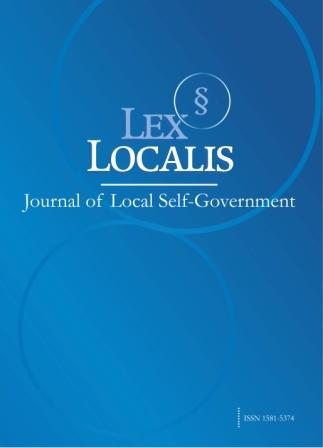AI-DRIVEN PREDICTIVE MODELING OF EARTHQUAKE IMPACT ZONES USING MACHINE LEARNING AND OPERATIONS RESEARCH TECHNIQUES
DOI:
https://doi.org/10.52152/Keywords:
Earthquake impact zones, AI-driven modeling, Machine learning, Operations research, Disaster risk reduction, Spatial hazard mappingAbstract
One of the most destructive natural hazards has been earthquakes that lead to massive loss of human life and destruction of structures and property as well as socio-economic interference. Proper identification of possible area affected can go a long way towards mitigation and prevention measures of any disaster. This paper outlines a unified methodology to conduct predictive modeling of earthquake impact zone using machine learning algorithm and operations research (OR) optimization algorithms. In addition, historical catalogs of seismic events, geospatial data on fault lines, maps of susceptibilities of soil liquefaction, and socio-economic vulnerability markers were also employed as input. Gradient Boosting Machines (GBM) and Convolutional Neural Networks (CNN) were used in the modeling pipeline to predict spatial hazards, whereas a mixed-integer linear programming (MILP) model was designed to optimize resources to respond to emergencies through the lens of time-sensitive limitations. The system has been applied to three seismically active areas of the world the Himalayan Frontal Thrust (India-Nepal), the Nankai Trough (Japan), and the San Andreas Fault (USA). Findings showed that mean prediction accuracy was 92.4 percent in high-impact areas and that the optimized OR framework minimized maximum estimated emergency response time over baseline allocation policies by 18-to 26 percent. The predictive model was validated by the strong correlation between spatial hazard heatmaps and historical damage data and indicated that the combined AI-OR risk-based approach can be scalable in managing seismic risk. The report also points to the possible real-time integration with early warning to make pre-planning evacuation, prioritization in infrastructure strengthening and optimal resource allocation possible in earthquake-prone areas.
Downloads
Published
Issue
Section
License
Copyright (c) 2025 Lex localis - Journal of Local Self-Government

This work is licensed under a Creative Commons Attribution-NonCommercial-NoDerivatives 4.0 International License.








